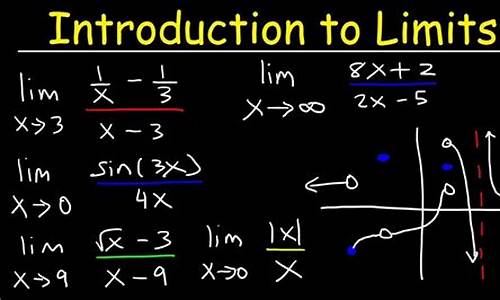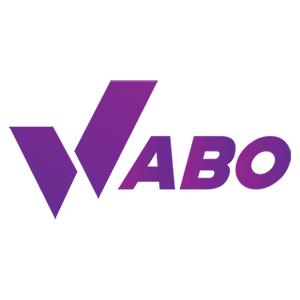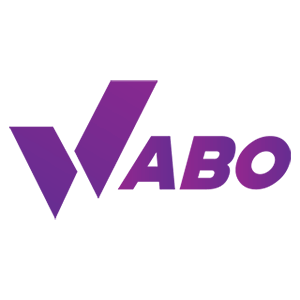### The Limitations of Wabo in Protecting Artistic Rights
In the modern digital age, the protection of artistic rights has become a pressing concern. While platforms like Wabo have made strides in safeguarding creative works, there are inherent limitations that impede their effectiveness. From issues of copyright infringement to challenges in monitoring and enforcement, this article will delve into the complexities surrounding Wabo’s role in protecting artistic rights. By examining these limitations in detail, we can gain a comprehensive understanding of the obstacles that artists and content creators face in the digital landscape.
#### Copyright Infringement Challenges
One of the primary limitations of Wabo in protecting artistic rights is the prevalence of copyright infringement. Despite its efforts to implement content recognition technology, unauthorized use and reproduction of artistic works persist on the platform. This not only deprives artists of rightful recognition and compensation but also undermines the integrity of the creative process. The inability of Wabo to comprehensively address this issue hampers the effective protection of artistic rights.

#### Monitoring and Enforcement Constraints
Another significant challenge lies in the monitoring and enforcement of artistic rights on Wabo. The vast volume of content uploaded daily makes it difficult for the platform to proactively identify and address instances of infringement. This results in a reactive rather than proactive approach to protecting artistic works, leaving artists vulnerable to violations of their rights. Without robust monitoring and enforcement mechanisms, Wabo’s ability to uphold the integrity of artistic creations is severely limited.
#### Ambiguities in Fair Use and Transformative Works
The complexities of fair use and transformative works further exacerbate the limitations of Wabo in protecting artistic rights. The subjective nature of these concepts presents challenges in discerning between legitimate use and unauthorized exploitation of creative works. As a result, artists often find themselves navigating ambiguous legal and ethical terrain, with Wabo’s policies and procedures occasionally falling short in providing clarity and support. This ambiguity hinders the platform’s efficacy in safeguarding the diverse forms of artistic expression.
#### Global Legal and Cultural Variances
The global reach of Wabo introduces additional limitations in protecting artistic rights, stemming from diverse legal and cultural frameworks. As a multinational platform, Wabo must contend with varying intellectual property laws and cultural norms across different regions. This presents a formidable obstacle in establishing uniform standards for protecting artistic rights, as well as in reconciling conflicting interpretations of creative ownership and usage. The complexities arising from these variances pose inherent challenges to Wabo’s capacity to provide consistent and equitable protection for artists worldwide.
### Conclusion
In conclusion, while Wabo has made significant strides in protecting artistic rights, it is essential to acknowledge and address the limitations that hinder its effectiveness. From copyright infringement challenges to monitoring and enforcement constraints, as well as ambiguities in fair use and global legal and cultural variances, the complexities surrounding Wabo’s role in protecting artistic rights are multifaceted. By recognizing these limitations and actively working to overcome them, Wabo and similar platforms can better support and empower artists in the digital landscape, fostering a more equitable and respectful environment for artistic expression.




